North Vietnam travel is a mesmerizing journey of contrasts where ancient culture blends seamlessly with natural landscapes. From the bustling streets of Hanoi to the quiet villages within emerald mountains, this region offers every traveler an unforgettable journey. While the south and central regions of Vietnam are famed for their beaches and modern cities, the north stands apart with its raw authenticity and deeply rooted heritage. To explore northern Vietnam to the fullest, here is a complete guide to North Vietnam travel, especially for first-timers!
1. Overview of North Vietnam Travel
1.1. Geographical Patterns of North Vietnam Travel
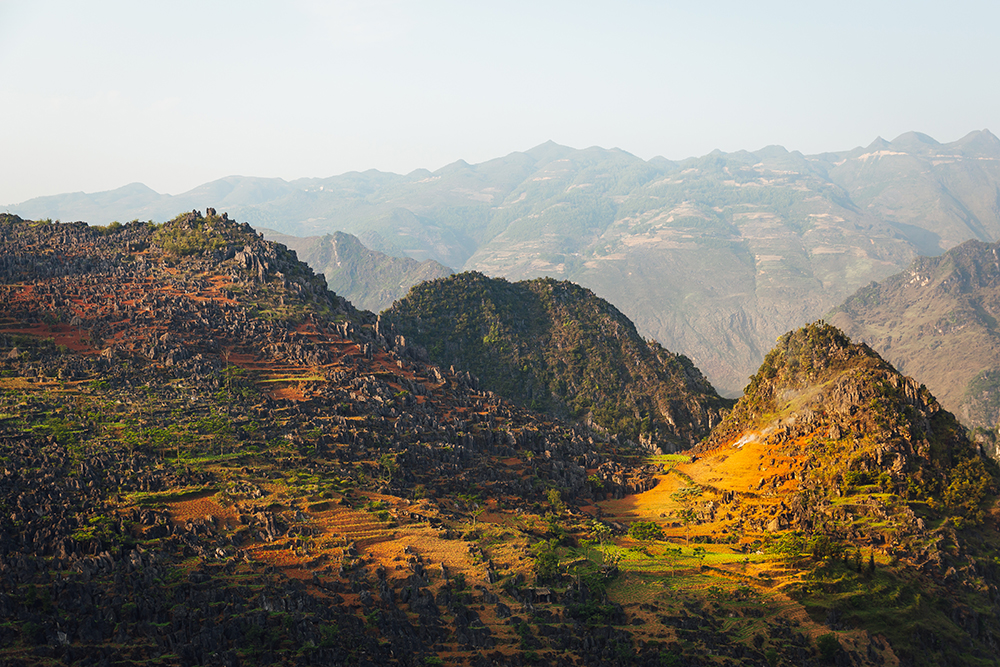
Geographically, North Vietnam is one of the most diverse regions in Southeast Asia. It features towering mountain ranges in the northwest, iconic bays with limestone karsts in the northeast, fertile deltas, terraced rice fields, and dense tropical forests. The region experiences all four seasons, each with a distinctive charm: spring brings blooming flowers and vibrant fauna; summer is perfect for coastal retreats like Cat Ba or Ha Long Bay; autumn transforms Hanoi into a cultural wonderland with its yellow leaves and mild temperatures; winter brings a rare chance to witness snow-capped peaks in Sapa or Mau Son. This varied climate and terrain make North Vietnam a year-round destination with something different to offer every few months.
1.2. Cultural Diversity of North Vietnam Travel
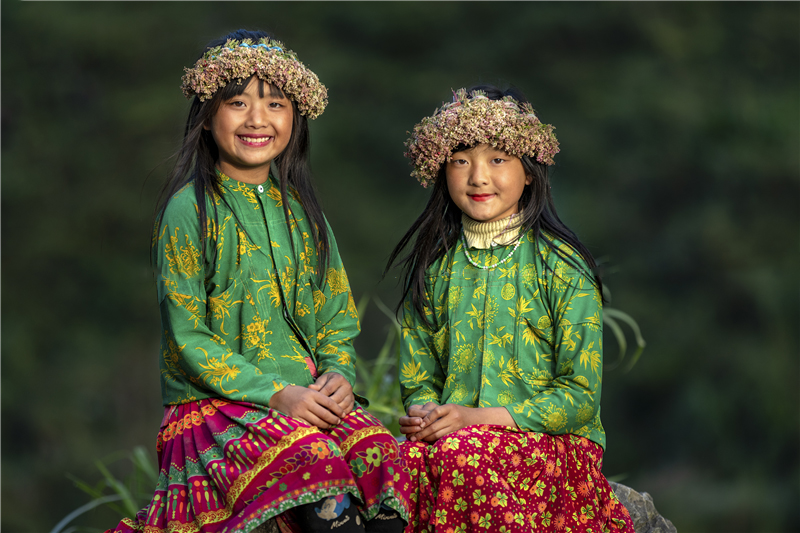 Culturally, the north is considered Vietnam’s cradle of civilization. Hanoi, the capital, dates back over a thousand years and is home to countless ancient temples, pagodas, and colonial architecture. Traditional craft villages like Bat Trang (ceramics) and Van Phuc (silk) continue their age-old trades, providing glimpses into Vietnam’s artisanal past. The region is also home to the largest population of ethnic minority groups in the country, such as the H’mong, Dao, Tay, and Thai, each with their own customs, costumes, and festivals that reflect the cultural tapestry of Vietnam.
Culturally, the north is considered Vietnam’s cradle of civilization. Hanoi, the capital, dates back over a thousand years and is home to countless ancient temples, pagodas, and colonial architecture. Traditional craft villages like Bat Trang (ceramics) and Van Phuc (silk) continue their age-old trades, providing glimpses into Vietnam’s artisanal past. The region is also home to the largest population of ethnic minority groups in the country, such as the H’mong, Dao, Tay, and Thai, each with their own customs, costumes, and festivals that reflect the cultural tapestry of Vietnam.1.3. Unique Cuisine of North Vietnam Travel
 Food in North Vietnam is subtle yet complex, showcasing a balance of flavors, freshness, and seasonality. Hanoi is famous for its pho, bun cha, and egg coffee, while mountainous areas offer local specialties like thang co (a traditional horse meat soup) and grilled sticky rice wrapped in bamboo. Meals often focus on simplicity and purity of ingredients, which makes the cuisine accessible yet deeply satisfying. Exploring food markets and family-run eateries becomes a cultural experience in itself.
Food in North Vietnam is subtle yet complex, showcasing a balance of flavors, freshness, and seasonality. Hanoi is famous for its pho, bun cha, and egg coffee, while mountainous areas offer local specialties like thang co (a traditional horse meat soup) and grilled sticky rice wrapped in bamboo. Meals often focus on simplicity and purity of ingredients, which makes the cuisine accessible yet deeply satisfying. Exploring food markets and family-run eateries becomes a cultural experience in itself.1.4. Must-Visit Destinations of North Vietnam Travel
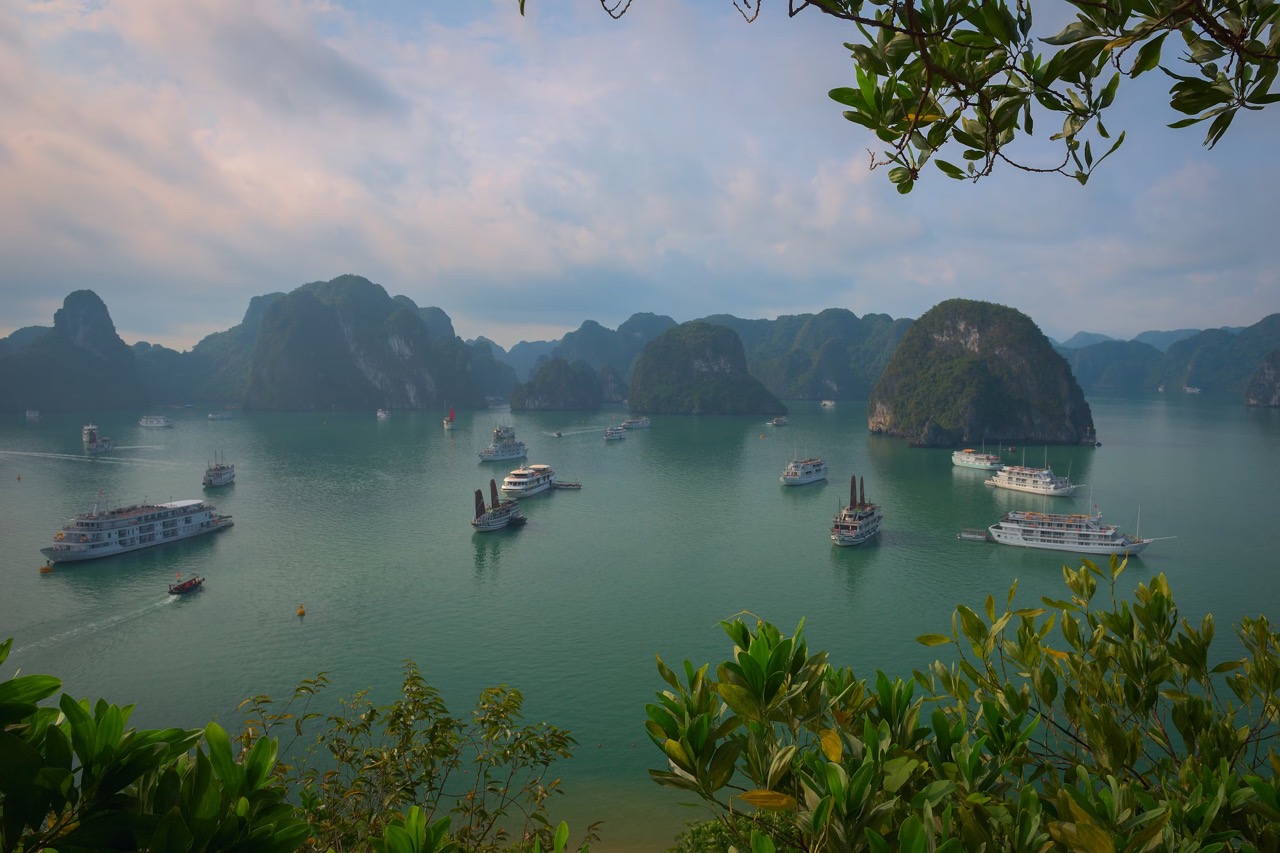 Popular travel destinations in the north include Hanoi, a historical and cultural hub with lakes and temples; Ha Long Bay, known for its emerald waters and limestone islets; Sapa, where cloud-kissed terraces meet ethnic minority communities; Ha Giang, Vietnam’s final frontier with surreal mountain passes; and Ninh Binh, dubbed “Ha Long Bay on land” with its karst landscape and pagodas. These iconic spots are a must-visit for any traveler, offering a broad spectrum of activities and scenery.But for those willing to wander off the beaten path, North Vietnam also hides lesser-known gems. Cao Bang offers untouched waterfalls and quiet mountains. Da Bac is an emerging trekking destination that preserves authentic community living and nature. Mai Chau and Pu Luong boast serene rice valleys and homestays with local Thai and Muong families. Nam Dinh remains a historical province with temples, old Catholic churches, and peaceful countryside that few tourists explore. These hidden spots promise solitude and insight into the true rhythm of northern life.
Popular travel destinations in the north include Hanoi, a historical and cultural hub with lakes and temples; Ha Long Bay, known for its emerald waters and limestone islets; Sapa, where cloud-kissed terraces meet ethnic minority communities; Ha Giang, Vietnam’s final frontier with surreal mountain passes; and Ninh Binh, dubbed “Ha Long Bay on land” with its karst landscape and pagodas. These iconic spots are a must-visit for any traveler, offering a broad spectrum of activities and scenery.But for those willing to wander off the beaten path, North Vietnam also hides lesser-known gems. Cao Bang offers untouched waterfalls and quiet mountains. Da Bac is an emerging trekking destination that preserves authentic community living and nature. Mai Chau and Pu Luong boast serene rice valleys and homestays with local Thai and Muong families. Nam Dinh remains a historical province with temples, old Catholic churches, and peaceful countryside that few tourists explore. These hidden spots promise solitude and insight into the true rhythm of northern life.2. Suggested Itinerary For Your North Vietnam Travel
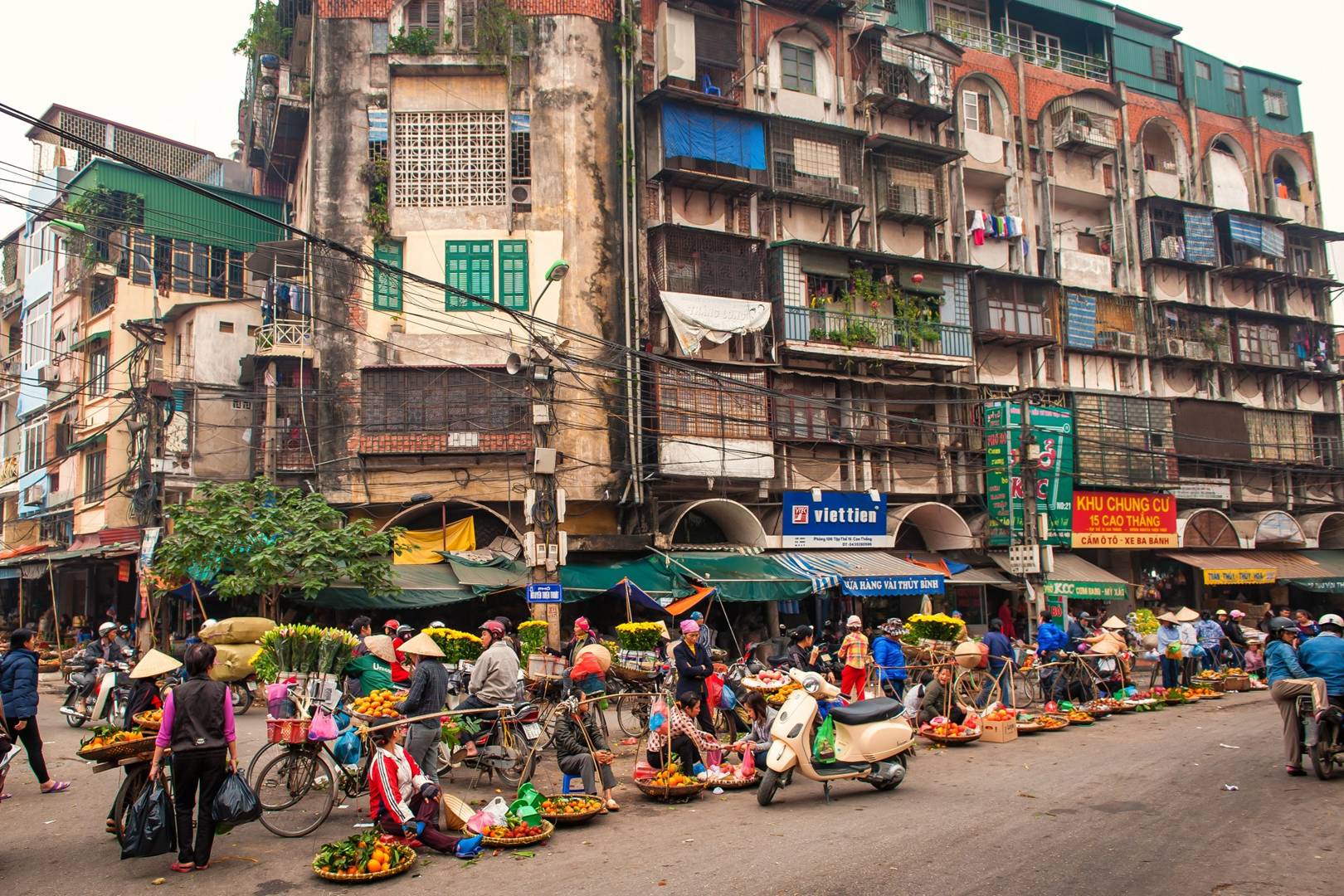
If you’re planning a comprehensive trip through North Vietnam, this suggested itinerary covers both iconic locations and off-the-beaten-path gems. Start in Hanoi, the cultural capital, where you should spend at least three days to explore the Hanoi Old Quarter, visit historical sites like the Ho Chi Minh Mausoleum, and enjoy traditional performances such as water puppetry. From Hanoi, travel to Mai Chau and Pu Luong for about three days to enjoy community-based tourism, rice terrace hikes, and peaceful stilt-house stays in ethnic Thai villages. Continue your journey southeast to Nam Dinh for two days to explore traditional Catholic architecture, seafood cuisine, and ancient craft villages such as Vi Khe bonsai village and Co Le Pagoda.
Next, spend two days in Ninh Binh, known as “Ha Long Bay on land,” where you can explore the scenic Trang An boat tours, Bich Dong Pagoda, and Mua Cave Viewpoint. After that, head to the mountainous northwest with four days in Sapa to trek through rice terraces, visit ethnic villages like Cat Cat and Ta Van, and catch a glimpse of Fansipan Peak. From Sapa, journey northeast to Cao Bang and spend three days exploring Ban Gioc Waterfall, Nguom Ngao Cave, and the rural landscapes dotted with limestone karsts. Then, dedicate at least four days to Ha Giang to complete the legendary Ha Giang Loop, stopping by Dong Van Karst Plateau, Meo Vac, and the Tu San Canyon.End your trip with two to three relaxing days in Ha Long Bay, where you can cruise through emerald waters, kayak between limestone islets, and spend a night aboard a traditional junk boat. The entire itinerary takes around 20 to 23 days and provides a perfect mix of adventure, cultural immersion, and natural beauty.3. North Vietnam Travel Tips
3.1. Be Aware of North Vietnam Travel Weather
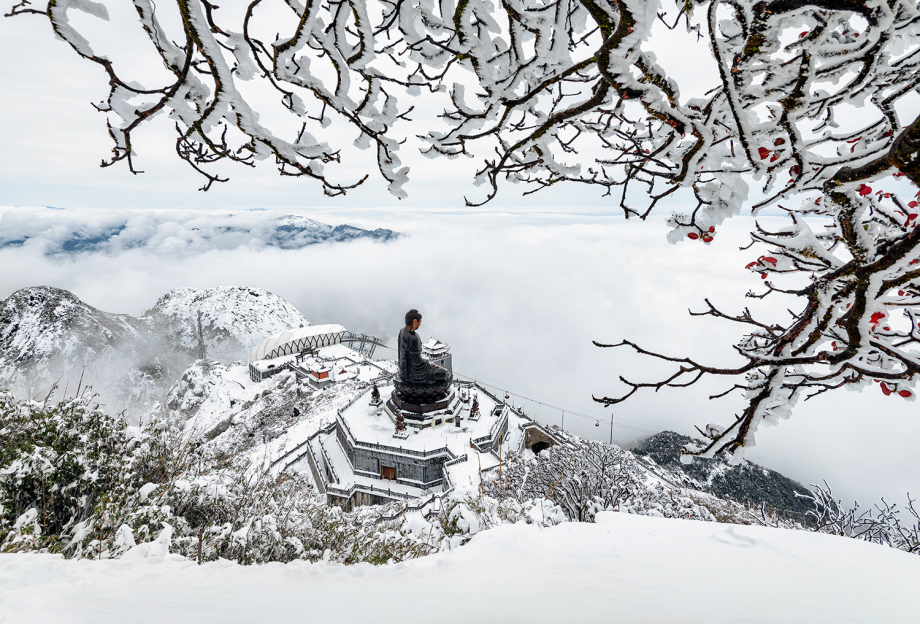
North Vietnam has 4 distinct seasons, each of which has its own appeal and travel challenges. March to April brings pleasant temperatures and blooming flowers, making it a great time for nature lovers and those interested in festivals like the Tet holiday. May to August can be hot and humid, especially in cities, but it’s also ideal for beach destinations such as Cat Ba Island and Bai Tu Long Bay. September to November is often considered the best time to visit due to its clear skies, cool air, and beautiful golden rice fields in areas like Mu Cang Chai and Sapa. December to February can be surprisingly cold in mountainous areas like Ha Giang or Cao Bang, with occasional snowfall.
3.2. Choose Suitable Transportation For Your North Vietnam Travel
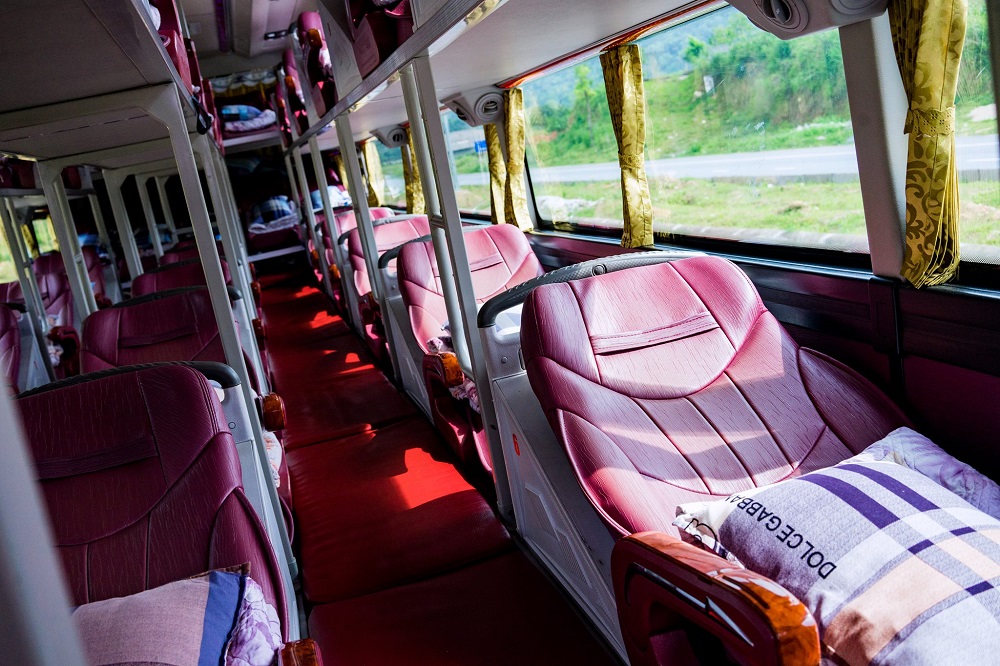
The terrain of North Vietnam is extremely diverse, so transportation varies depending on your route and personal comfort. For longer distances, night sleeper buses or trains are popular for saving time and budget. Local buses and minivans connect most provinces, but their schedules may be flexible and not always punctual, especially in rural or mountainous regions. If you prefer convenience and safety, booking a private car or joining a tour with a driver is highly recommended, especially for hidden destinations like Da Bac or Pu Luong. For experienced motorbike riders, renting a bike can be a thrilling way to explore remote mountain roads, though it requires caution and strong riding skills.
>>>> Read More: Vietnam Sleeper Buses: The Ultimate Guide To Your Authentic Trip
3.3. Planning Tips For Your North Vietnam Travel
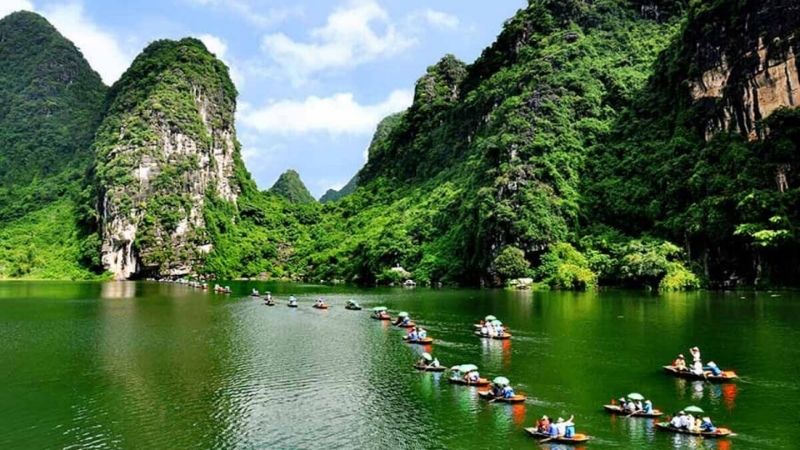
Pack appropriately based on your itinerary – bring layers for temperature changes, comfortable walking shoes for trekking, and waterproof items if you visit during the rainy season. Avoid traveling during long Vietnamese national holidays like Tet (Lunar New Year), Reunification Day (April 30), or National Day (September 2), as transportation and accommodations will be fully booked and many local services may be closed. If you want a smooth and culturally enriching experience, consider booking in advance with a trusted local agency like YESD Travel, which specializes in community-based tourism and works directly with ethnic minority hosts. Planning your travel route geographically also helps save time – group nearby destinations like Mai Chau and Pu Luong together to reduce backtracking.
3.4. Cautions On Your North Vietnam Travel
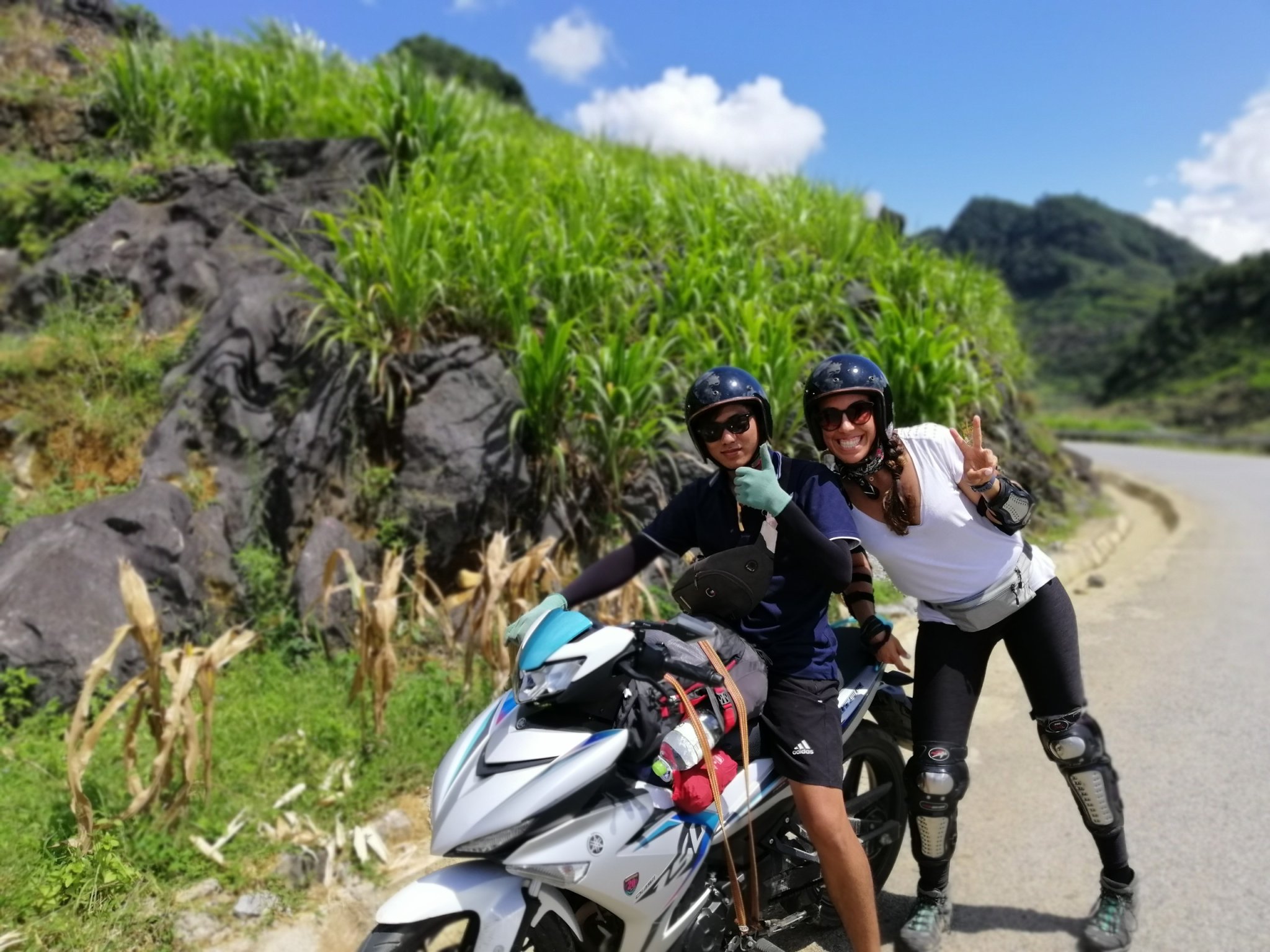
While North Vietnam travel is generally safe, it’s important to understand local customs and be respectful, especially in ethnic minority communities. Always ask before taking photos of people, dress modestly in villages, and be mindful of your behavior in sacred or private spaces. North Vietnam’s terrain can be challenging – some trekking routes are steep or slippery, so make sure you’re in good physical condition and travel with a guide if needed.
Altitude sickness may affect some travelers in highland areas, and health facilities can be limited in remote provinces, so carry essential medication and a basic first-aid kit. Finally, always practice responsible tourism by reducing plastic waste, supporting local businesses, and leaving nature as you found it.
ConclusionNorth Vietnam Travel is a profound journey through the heart of Vietnam’s natural and cultural wealth. From the buzz of Hanoi to the tranquil hills of Ha Giang, every destination offers its own flavor and story. By venturing beyond the tourist trail, you not only enrich your experience but also contribute to the preservation of these unique places. With careful planning and an open heart, a North Vietnam travel journey will reward you with moments and memories that last a lifetime.
Ready to discover the true soul of North Vietnam? With YESD Tours, you’re not just traveling, you’re connecting. Our responsible travel experiences bring you closer to the heart of local communities, where cultural authenticity, stunning landscapes, and human connection come together. Whether you’re exploring Ha Giang’s majestic mountains or sailing through the heritage waters of Ha Long Bay, our tours are built on sustainability, transparency, and local empowerment. Contact us for a journey that gives back to the land, the people, and your own sense of adventure.
